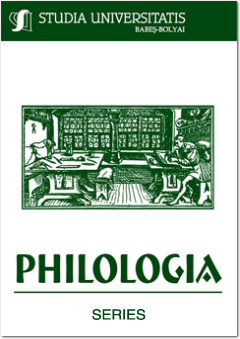MEMORY AND HISTORICAL TIME IN PAUL GOMA’S OUT OF CALIDOR
MEMORY AND HISTORICAL TIME IN PAUL GOMA’S OUT OF CALIDOR
Author(s): Daniela Anca IederanSubject(s): Language and Literature Studies
Published by: Studia Universitatis Babes-Bolyai
Keywords: memory; calidor; historical time; voice; existence; childhood; symbol; ordinal metaphor.
Summary/Abstract: Memory and Historical Time In Paul Goma’s Out of Calidor. This paper analyses the symbolic impact of historical time on the universe of the author’s childhood. Starting from the main role that memory as a character plays in the building of the author’s own fiction - house, the vision on the evolution from the center of the world can be revealed, namely the author’s own matrix, to the infernal circle of the exiled ray of destiny. Memory as a character registers the impact of historical time and gives birth to a complex and sensitive level of the fiction. The set metaphor could be detected through the apparently rough substance of the symbols involved. The exiled ray grows up alongside the evolution of the child to maturity and together, at the same time, with the specter of historical time that determines the fracture between genuine paradise and new-coming living inferno. Memory has undoubtedly a regaining function, the character is animated though unceased flash-backs: thus he shapes his own destiny as a puzzle. The emotional power of the writing is quite original, as it is hidden behind the apparent roughness. The analysis concludes with the revealing of the author’s vision on his own symbolic conversion in an imaginary calidor, suggesting an eternal nostalgia of the center.
Journal: Studia Universitatis Babes-Bolyai - Philologia
- Issue Year: 57/2012
- Issue No: 3
- Page Range: 229-237
- Page Count: 9
- Language: English

